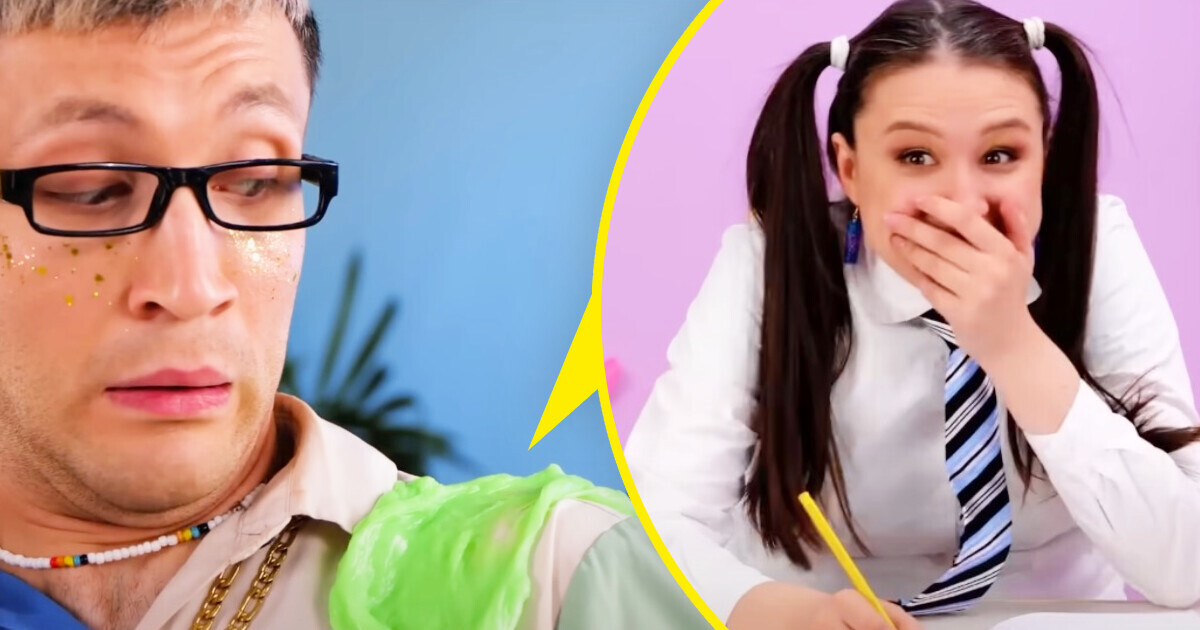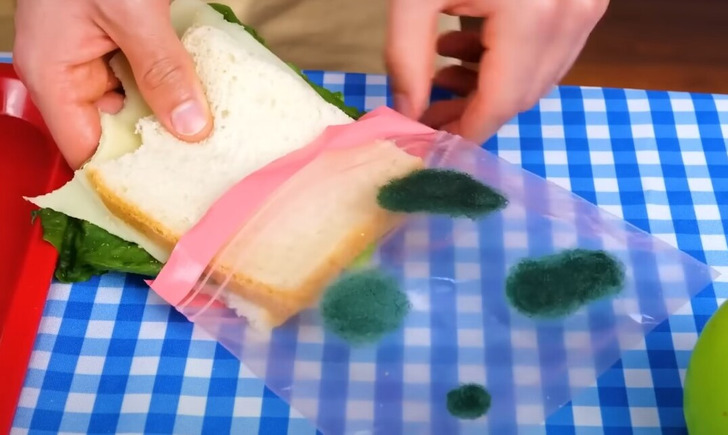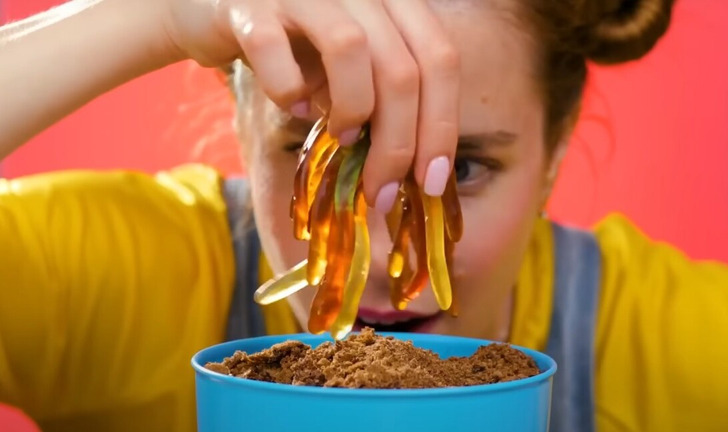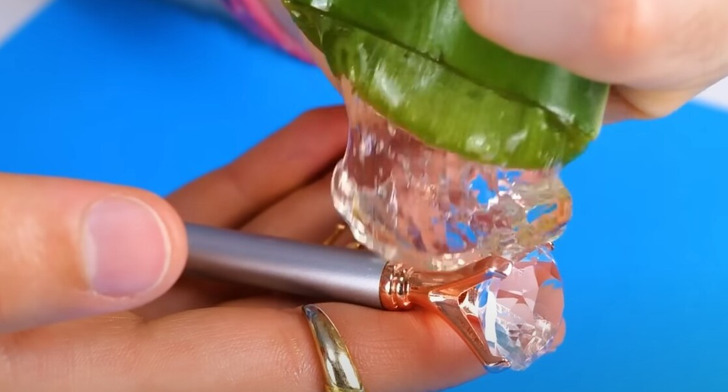Why Is It So Important to Teach Our Kids How to Prank Properly

Children love pranks. Even if they don’t initiate them, they might become the target of one at school or among neighborhood friends. Laughter is healthy and has numerous benefits, but there’s a significant distinction between laughing at someone and laughing with someone. That’s why we’re providing you with this parent’s guide to pranks, making it easier for you to guide your child in this matter and have fun together in a wholesome and healthy way for everyone.
Engaging in harmless jokes can have a positive impact on children’s development

These playful pranks not only provide moments of joy and laughter but also offer various cognitive and social benefits. Firstly, innocent pranks promote creativity and imagination. They encourage children to think outside the box and devise new ways to bring laughter to others.
This stimulation enhances their problem-solving skills and strengthens their ability to consider situations from various perspectives. Moreover, these light-hearted antics can improve social skills. When children engage in harmless teasing or share jokes, it fosters communication and strengthens the bonds among peers.
Through harmless pranks, they can learn to interpret social cues and read reactions

Understanding the boundaries of humor is an essential skill for healthy relationships. Humor in the form of harmless jokes also aids in stress relief, as laughter triggers the release of endorphins, the body’s natural feel-good chemicals.
This can help children relax, elevate their mood, and reduce anxiety, contributing to their overall emotional well-being. Additionally, participating in gentle pranks teaches empathy. Children gain insight into how their actions impact others’ emotions, helping them develop a sense of empathy and consideration for others’ feelings.
Children must learn the distinction between harmless fun and hurtful jokes

Teaching children the distinction between harmless fun and hurtful pranks is an essential lesson in promoting empathy, kindness in their interactions with others and understanding. Here’s how to approach this topic:
- Open Communication: Initiate a conversation about jokes and pranks. Explain that while making people laugh is good, it’s crucial not to hurt anyone’s feelings in the process.
- Use Concrete Examples: Share examples of funny and light-hearted jokes versus hurtful ones. Describe scenarios where a joke could make someone smile, versus when it might make them upset.
- Discuss Feelings: Talk about feelings and emotions. Help them understand how a joke that’s funny to one person might not be to another. Encourage them to consider how the other person might feel.
- Put Themselves in Others’ Shoes: Encourage children to imagine how they would feel if they were the target of a joke. This can help them develop empathy and sensitivity.
- Highlight Consent: Teach the importance of consent in jokes. Explain that it’s important to ensure that the person being joked about is comfortable with it and won’t feel hurt.
Provide them clear guidance and real-life examples

- Discuss Consequences: Explain the potential consequences of hurtful pranks, such as damaging friendships or causing emotional pain. Teach them that their actions have an impact on others.
- Set Boundaries: Establish clear boundaries about what is acceptable and what isn’t. Let them know that jokes that make fun of someone’s appearance, culture, or personal matters are not appropriate.
- Encourage Kindness: Emphasize the value of kindness and respect. Help them understand that jokes should uplift people, not put them down.
- Model Behavior: Be a role model in your behavior. Show them how to make lighthearted jokes that bring joy without causing harm.
- Discuss Solutions: If a child realizes they’ve unintentionally hurt someone, guide them on how to apologize and make amends.
- Monitor Online Behavior: In today’s digital age, discuss the importance of responsible online behavior and the potential consequences of hurtful online pranks.
Take part and help them understand how to make harmless pranks

In conclusion, harmless jokes offer a valuable opportunity for children to explore their creativity, strengthen their social skills, relieve stress, and cultivate empathy. While ensuring that the pranks remain lighthearted and respectful, encouraging kids to engage in harmless humor can have lasting positive effects on their development and relationships.